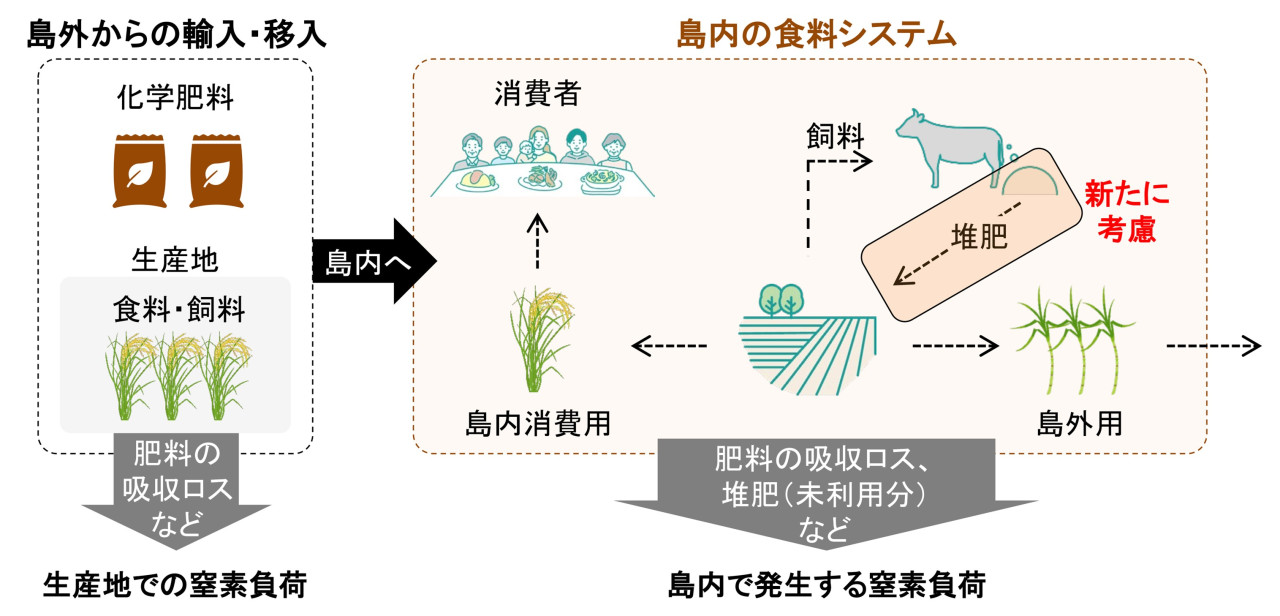2024-03-15 スイス連邦工科大学ローザンヌ校(EPFL)
<関連情報>
- https://actu.epfl.ch/news/the-baritone-of-red-giants-refines-cosmic-distance/
- https://iopscience.iop.org/article/10.3847/2041-8213/ad284d
小振幅の赤色巨星が、標準的なろうそくとしての赤色巨星ブランチの先端の性質を解明する Small-amplitude Red Giants Elucidate the Nature of the Tip of the Red Giant Branch as a Standard Candle
Richard I. Anderson, Nolan W. Koblischke, and Laurent Eyer
The Astrophysical Journal Letters Published:2024 March 7
DOI:10.3847/2041-8213/ad284d

Abstract
The tip of the red giant branch (TRGB) is an important standard candle for determining luminosity distances. Although several 105 small-amplitude red giant stars (SARGs) have been discovered, variability was previously considered irrelevant for the TRGB as a standard candle. Here, we show that all stars near the TRGB are SARGs that follow several period–luminosity sequences, of which sequence A is younger than sequence B as predicted by stellar evolution. We measure apparent TRGB magnitudes, mTRGB, in the Large Magellanic Cloud (LMC) using Sobel filters applied to photometry from the Optical Gravitational Lensing Experiment and the ESA Gaia mission, and we identify several weaknesses in a recent LMC-based TRGB calibration used to measure the Hubble constant. We consider four samples: all red giants (RGs), SARGs, and sequences A and B. The B sequence is best suited for measuring distances to old RG populations, with MF814W,0 = −4.025 ± 0.014(stat.) ± 0.033(syst.) mag assuming the LMC’s geometric distance. Control of systematics is demonstrated using detailed simulations. Population diversity affects mTRGB at a level exceeding the stated precision: the SARG and A-sequence samples yield 0.039 and 0.085 mag fainter (at 5σ significance) mTRGB values, respectively. Ensuring equivalent RG populations is crucial to measuring accurate TRGB distances. Additionally, luminosity function smoothing (∼0.02 mag) and edge detection response weighting (as much as −0.06 mag) can further bias TRGB measurements, with the latter introducing a tip-contrast relation. We are optimistic that variable RGs will enable further improvements to the TRGB as a standard candle.



